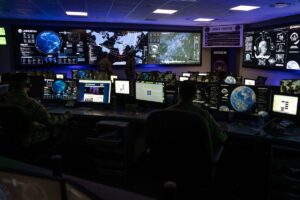
A significant step up in space domain awareness to counter China is a key focus for U.S. Space Command in the next several years. "One area that I think we have to make some rapid gains in is, we have probably have the least amount of awareness of any domain that any service is responsible for in the space domain," Maj Gen David Miller Jr., Space Command's director of operations, told a Mitchell Institute for Aerospace Studies' virtual forum on…














